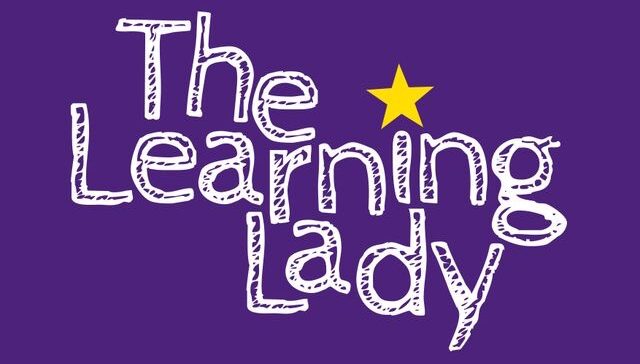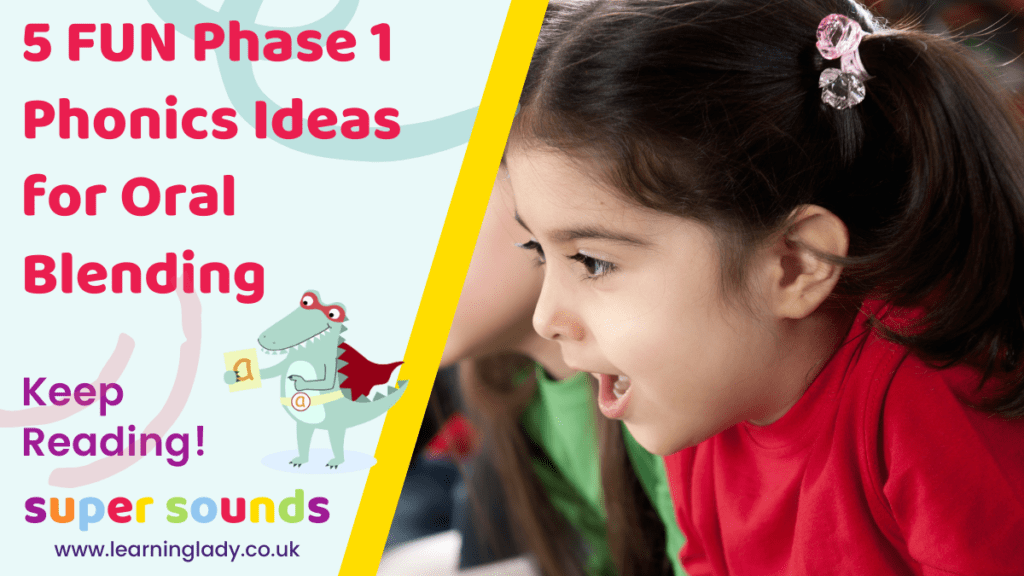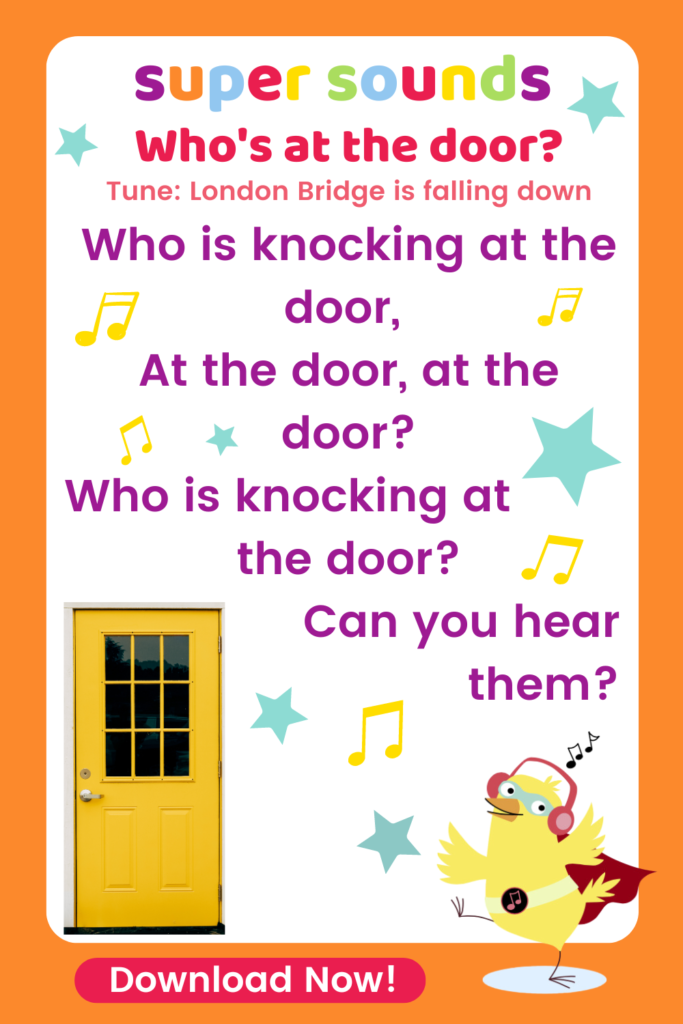Fun Phonics Phase 1 ideas are essential if you’re teaching oral blending in Nursery or Preschool. Oral blending is a skill that takes lots of practise, so great Phase 1 Phonics games that everyone wants to play on repeat are a must!
These super simple oral blending suggestions will help you prepare your 3 and 4-year-olds for reading in the most active, engaging, and pain-free way possible.
What is Oral Blending?
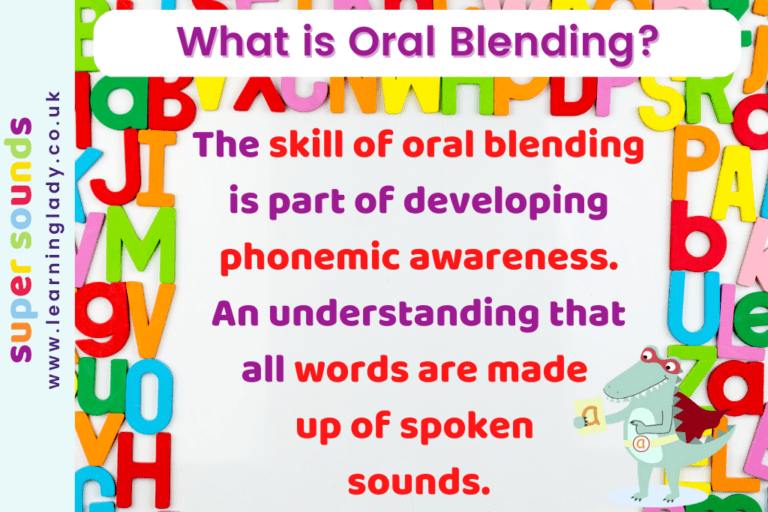
Phase 1 phonics includes oral blending as the final step that preschoolers need to master before phonics is introduced. Oral blending activities teach preschoolers to tune into the separate spoken sounds they hear in words, remembering them in order to process these as whole words
Why Letters and Sounds Phase 1 did not introduce letters!
Oral blending was first introduced as a concept in Letters and Sounds Phase 1 (2007). It’s a skill that’s ideally mastered before learning to match letters with sounds.
Oral blending is simply about learning to hear and process sounds as they are spoken.
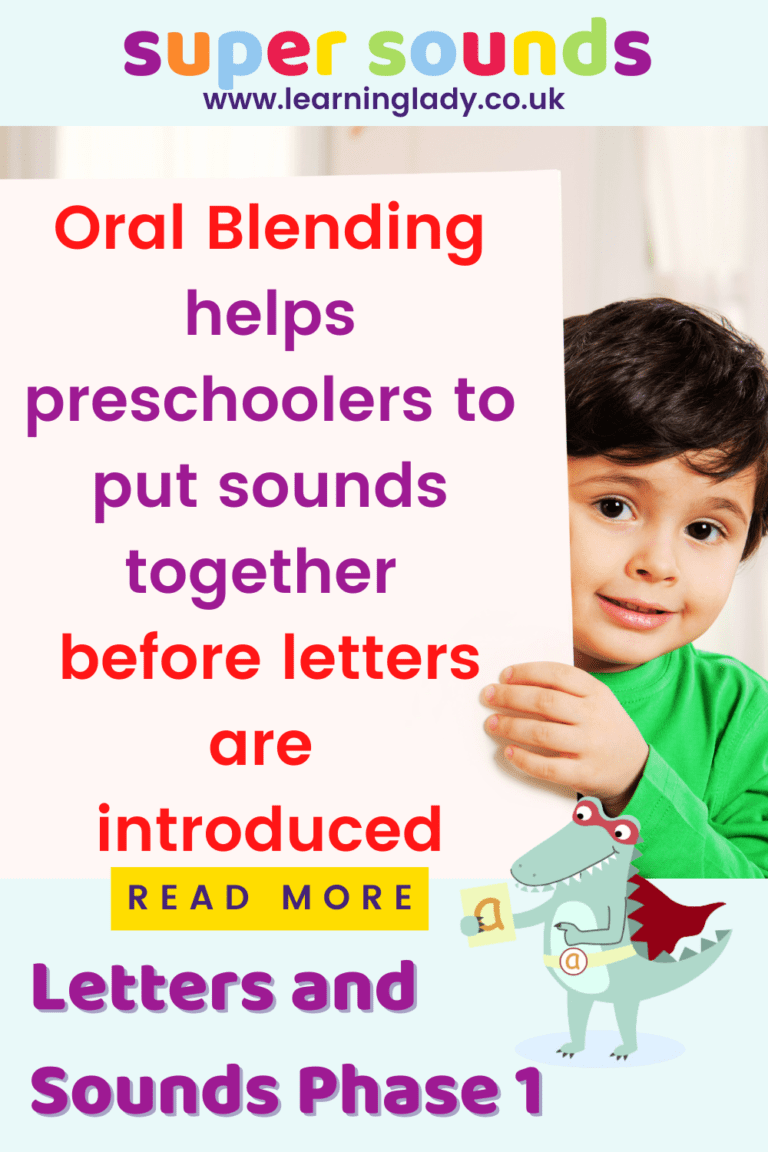
If our 3- and 4-year-olds cannot blend sounds together as they hear them, they will be completely overwhelmed as the corresponding letters are added. This is why they must master oral blending using fun Phase 1 Phonics games skill first!
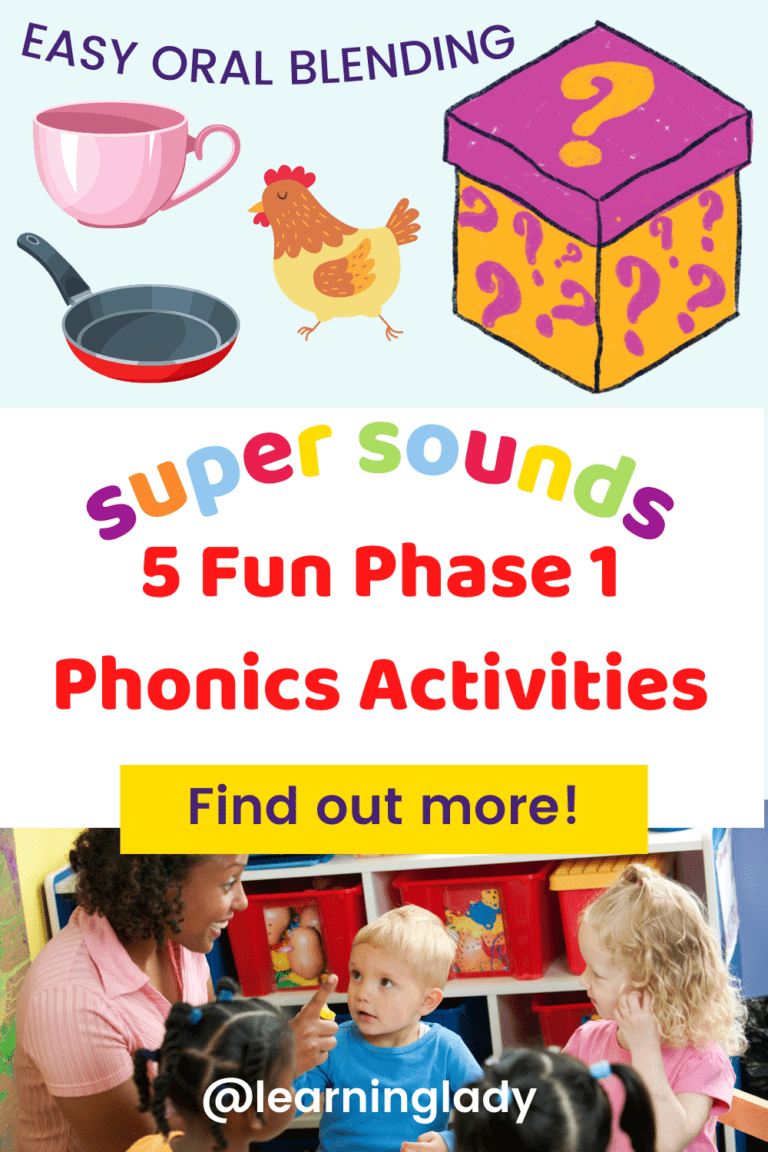
Phase 1 phonics activities for oral blending
Phase 1 Phonics activities that teach oral blending usually involve an adult saying each of the separate spoken sounds in a word individually. Preschoolers then process these separate sounds to work out the whole word.
Oral blending games usually include an element of matching the orally blended word with a picture or an object to demonstrate understanding of word meaning too.
Before beginning oral blending activities
It’s a big jump to go from understanding that words are labels for objects, actions, and ideas, to then realising that words are made up of separate spoken sounds. Some children with developing auditory discrimination or auditory memory find this particularly challenging.
To ensure that we set our pre-schoolers up for success during Phase 1 Phonics games that teach oral blending, these underpinning skills must be developed first.
Phonics for 3 year olds | Introducing oral blending
Make sure your preschoolers can...
- Hear, remember and talk about real sounds they hear in stories, songs, games and everyday experiences.
- Hear, say and remember chunks of spoken sounds in words, created by syllables and rhymes.
- Hear, say and remember words beginning with the same spoken sounds.
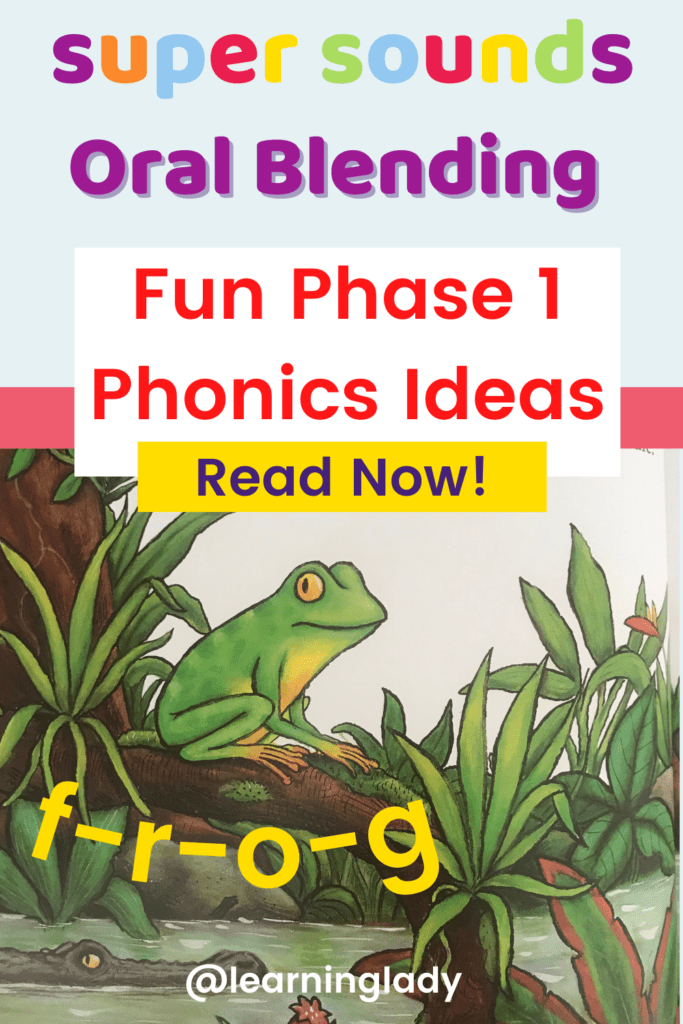
5 Easy Phase 1 Phonics Ideas To Teach Oral Blending
Phase 1 Phonics Ideas 1: Roll the word
This simple and versatile oral blending game takes next to no time to prepare and is super successful in building oral blending skills if you play it frequently enough!

What You Need
A foam die with blank pockets
or a cube to stick pictures onto to turn into a die,
Pictures to match some simple 3-letter (c-v-c ) words. These need to be the same size as the faces/pockets on the die.
1 minute timer
What to do
- Explain that the children are going to be playing an oral blending game against the clock.
- Check that the children know the name of each of the pictures. Practise blending each of the words all together.
- Set the timer.
- Support the children in taking turns to roll the die, naming the picture that lands on top and oral blending the word to match the picture, all together.
- How many words can the children roll and orally segment all together before the time runs out!
Phase 1 Phonics Ideas 2: What is it?
This is a great oral blending game that your children will want to play again and again! Join in with the ‘Something’s Hiding in the Box’ song in the FREE Super Sounds Songbook.
Phase 1 Phonics Ideas 3: Pirates Walk The Plank
If your preschoolers are intrigued by pirates they will LOVE this simple and fun pirate themed oral blending game. Using real objects for ‘treasure’ makes this a super simple Phonics Phase 1 game to play, and one that’s easy for the children to keep playing on their own.
What You Need:
- A plank of wood placed in the middle of the space.
- A treasure chest (this could be made by the children). Place this at the end of the plank.
- A collection of objects or ‘treasure”. Ideally these should be objects which include 3 separate spoken sounds like a d-o-g, b-a-t, p-e-n, l-i-d, m-u-g, t-i-n, m-a-n. Put these in the treasure chest
- Pirate hats for the adults and children (optional)
- Parrot puppet or toy
- Portside Pirates by Laura Andrews

- Read Portside Pirates by Laura Andrews before you begin.
- Explain that the Pirate Captain has a cheeky parrot who is going to give the pirate children some clues to steal some of the Pirate Captain’s treasure.
- The children (in the role of pirates) will need to listen carefully to the clues, creeping down the plank to grab the matching items from the treasure chest, returning to safety by creeping back up the plank with each object.
- The children (in the role of pirates) will need to work out what this object is by orally blending the spoken sounds together. For example,Using the parrot puppet in role, “Can you steal a ……….p-e-n.”
- Choose one of the pirate children to creep down the plank to find the matching object from the chest, returning up the plank to the safety, without making a sound to wake up the Pirate Captain.
- Once all the treasure has been ‘stolen’ from the chest, practise even more oral blending as the parrot checks the items.
- As the parrot orally segments some of the objects “m-u-g”, can the children orally blend and match objects by standing up when their items are segmented by the parrot?
Phase 1 Phonics Ideas 4: Who's at the door?
Guess who’s knocking at the door by playing along with this interactive oral blending video.
Use toys and props to play an interactive version with your children too! Join in with the tune and the words in the FREE Super Sounds Songbook.
Phase 1 Phonics Ideas 5: I Hear With My Little Ear
This quick Phonics Phase 1 game is the simplest and most effective way to develop oral blending through daily practise! Using any book with interesting pictures, it’s like an alternative version of I Spy. It’s a great game for sharing with families too! In this video I’m playing with Monkey Puzzle by Julia Donaldson.
More super simple oral blending phonics games phase 1
If your preschoolers have enjoyed playing these activities for phonemic awareness and you want to continue the prephonics fun, then Super Sounds is just what you need!
It’s an evidence-based, tried and tested full prephonics programme that is designed specifically for 2,3 and 4-year-olds.
Perfect for using before any phonics programme, Super Sounds is uniquely written for a fun and engaging approach to teaching a progression of prephonic skills step by step.
Whether you want fresh ideas as an alternative to Phase 1 Phonics, or you’re new to phonics in nursery and don’t know where to start, Super Sounds is waiting just for you.
Need more Phase 1 Phonics Ideas?
FREE Early Years Online Training : Oral Blending
Super Sounds by The Learning Lady
Ready For Reading : Preschool phonics online course
Oral blending outdoors: What’s the word Mr Wolf?
A closer look at phonics and prephonics- Tapestry Podcast
What Comes Before Phonics by Sally Neaum
More Phase 1 Phonics ideas on Pinterest
